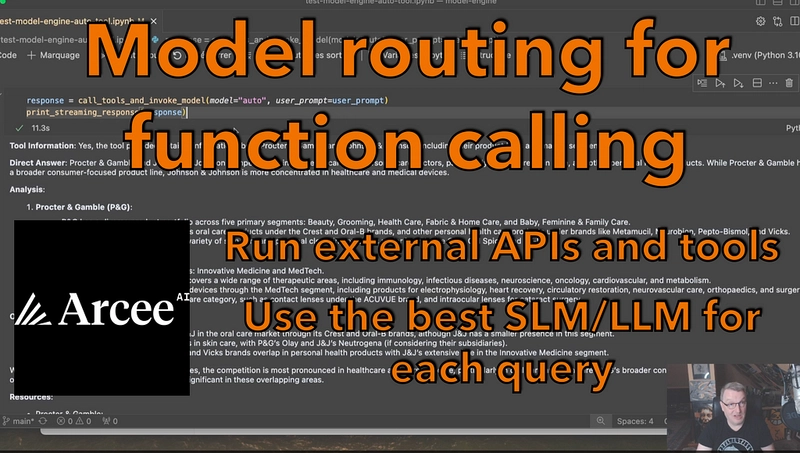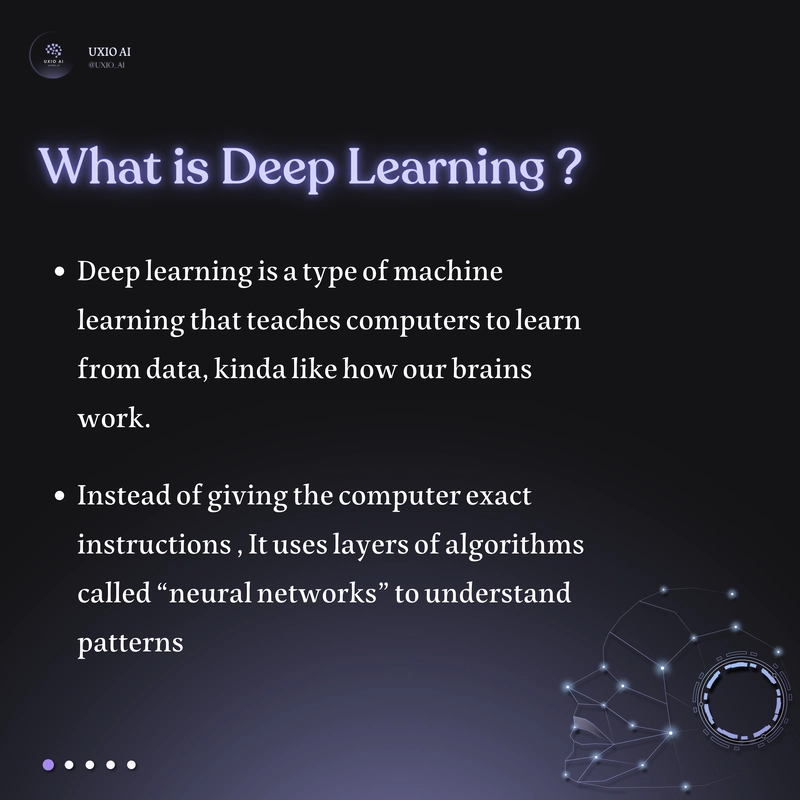# Ambient system sensor processor - Raspberry Pi Pico example
import mmWave
from edge_ai import BehaviorPredictor
sensor = mmWave.PresenceDetector()
ai_model = BehaviorPredictor.load('home_patterns.onnx')
while True:
movement = sensor.scan_environment()
predicted_action = ai_model.predict(movement)
if predicted_action == 'wake_up':
home_api.trigger_scene('morning_routine')The next evolution of IoT isn't smarter devices—it's devices that disappear. Here's how to build systems that anticipate needs without commands:
Core Tech Stack for Ambient Development
1. Presence Detection
// ESP32-C3 mmWave radar snippet
void handleDetection() {
if (mmWave.readPresence() > THRESHOLD) {
mqttClient.publish("home/kitchen/occupancy", "true");
}
}- Libs: Infineon's Presence Library, TI mmWave SDK
- Hardware: ESP32-C3 (5)+AWR1642(5)+AWR1642(39)
2. Edge AI Processing
# Convert TensorFlow model for edge devices
tflite_convert --saved_model_dir=behavior_model \
--output_file=home_ai.tflite \
--optimize=latencyModels: TinyML behavior prediction (under 50KB)
Frameworks: TensorFlow Lite Micro, ONNX Runtime
3. Silent Notification Systems
// Ambient light notification (Node-RED flow)
[{"id":"a1","type":"mqtt in","z":"flow1","name":"","topic":"alert/water"},
{"id":"a2","type":"color light","z":"flow1","name":"Kitchen Strip",
"effect":"pulse_amber","duration":3000}]Privacy-First Architecture Patterns

Key Principles:
Data Minimization: Only transmit essential triggers
On-Device Learning: NVIDIA Jetson or Coral TPU for local training
Obfuscation: Add 5-10% noise to biometric datasets
See DevTechInsights' security checklist
Debugging Invisible Systems
When your ambient tech fails silently:
# 1. Check sensor raw feeds
mmWave-cli --dump-raw /dev/ttyUSB0
# 2. Model performance monitoring
edge_ai_monitor --model=home_ai.tflite --latency=200msThe 2025 Developer Toolkit
1.Hardware:
Raspberry Pi 5 (for gateways)
Seeed Studio Wio Terminal (for prototyping)
2.Frameworks:
Matter 2.0 (for cross-brand compatibility)
Home Assistant OS (for local control)
3.Simulators:
AWS IoT TwinMaker (for digital twins)
NVIDIA Omniverse (for behavior modeling)
Discussion: What's harder to build—systems that work flawlessly, or systems people don't notice working?
For more on ethical implementation:
DevTechInsights' Ambient Computing Ethics Guide



